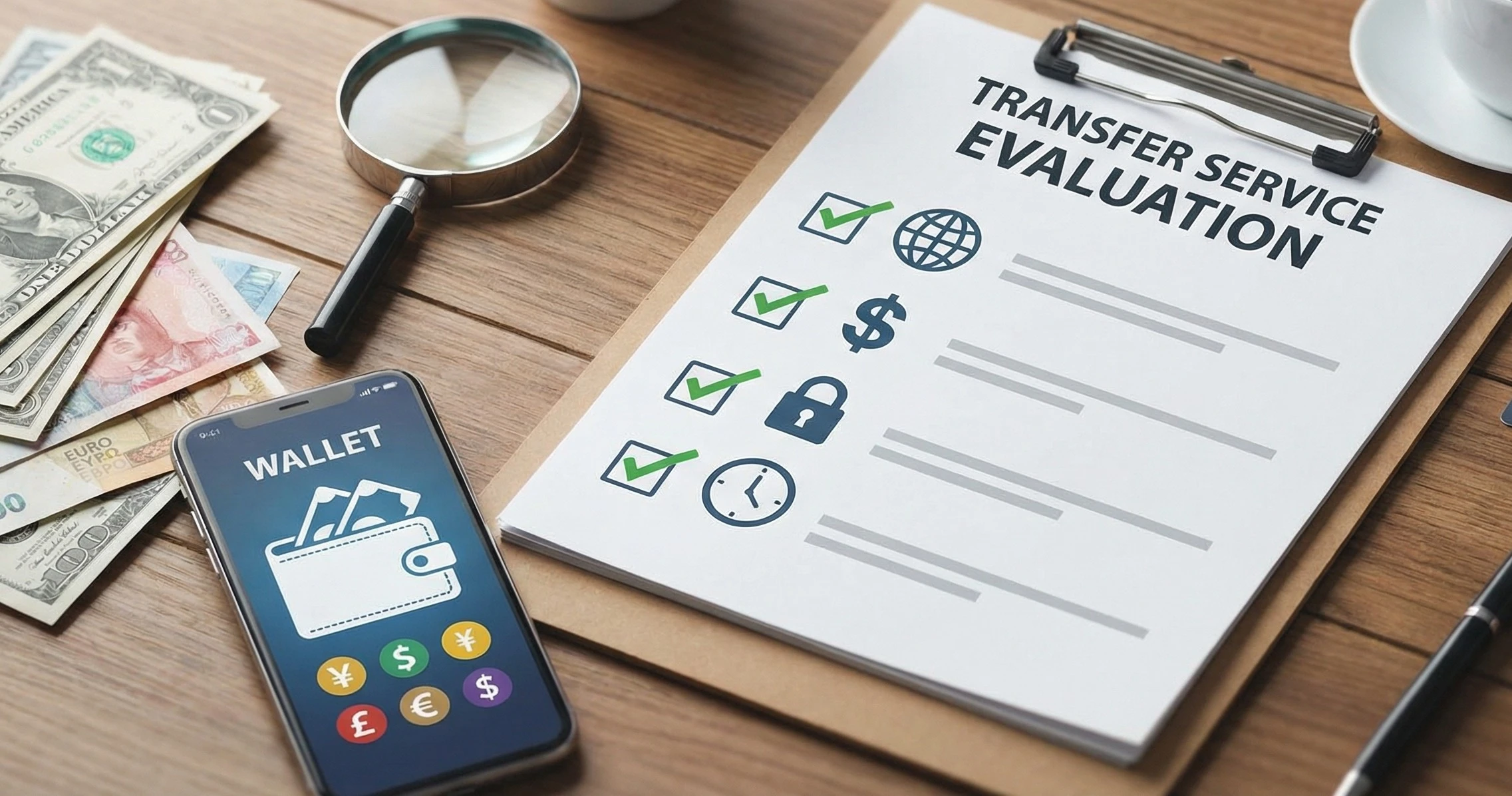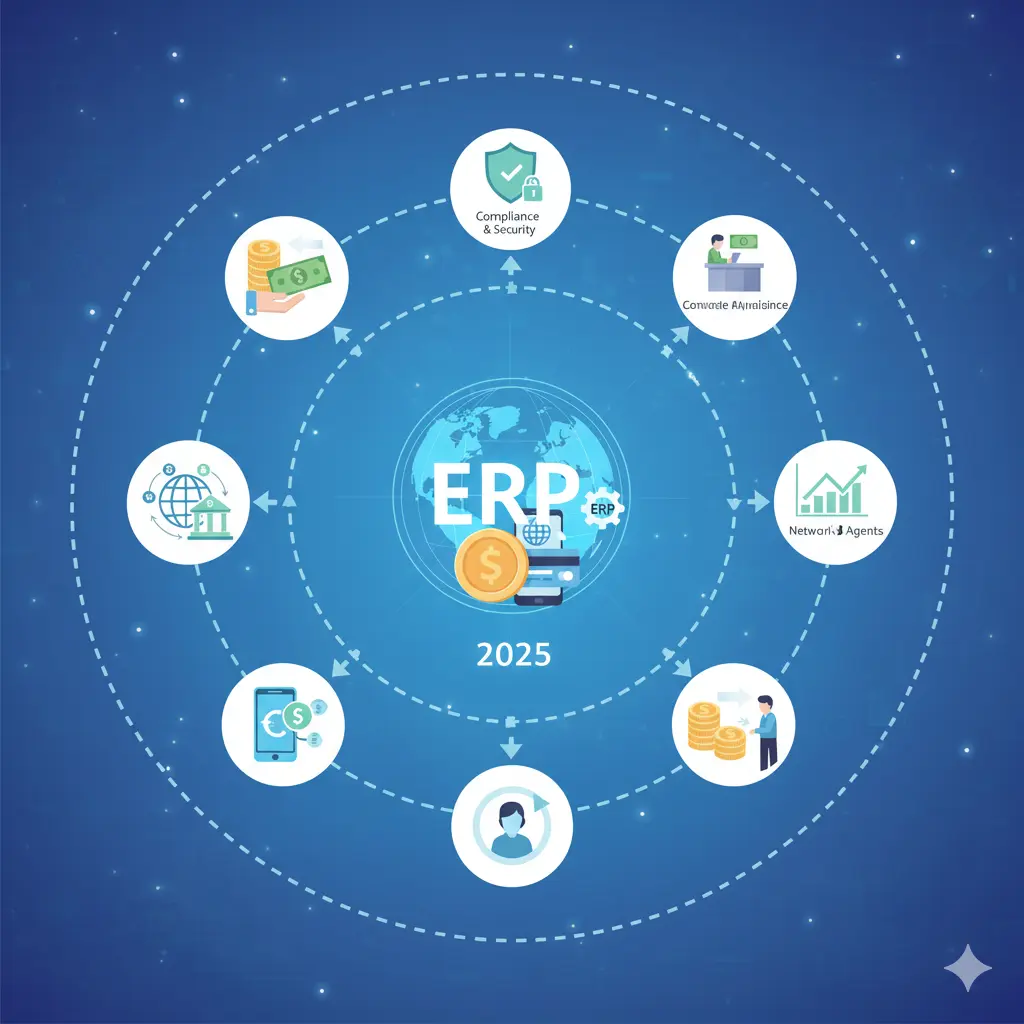
Choosing a money transfer service is no longer about visiting a bank branch and waiting in line. In today’s digital-first financial environment, customers expect speed, transparency, and low transfer costs—and the right provider can help you save significant money on every transaction.
However, with dozens of services offering different fees, rates, payout methods, and compliance standards, choosing the best option can feel overwhelming. This guide offers a structured, expert-backed checklist to help you evaluate providers in a practical, reliable way.
Before selecting a money transfer provider, it’s important to understand the core factors that influence cost, transparency, and transfer speed. These evaluation points help users make smarter, data-driven decisions, especially when sending money across different countries and currencies.
A clearly defined comparison helps users avoid hidden costs, poor exchange rates, delayed transfers, and compliance-related interruptions. As digital remittance platforms grow globally, transparency and regulatory reliability have become essential factors in choosing a trustworthy service.
Money transfers today happen across multiple platforms, currencies, and regulatory frameworks. Without proper evaluation, customers may face higher fees, slow processing, or security risks that lead to financial loss.
This checklist ensures the decision is based on verified criteria such as transparency, security, and efficiency—not on marketing promises. Evaluating these elements leads to smoother and more cost-efficient transfers.
Transfer fees vary based on country corridor, funding method, and provider policies. Some platforms charge flat fees, while others charge a percentage depending on the amount sent.
Always cross-check exchange rates along with fees, as a low transfer fee does not always mean a cheaper transfer overall.
Exchange rates fluctuate multiple times a day, affecting the final amount received. Providers may offer rates that appear attractive but include hidden margins.
Always compare a provider’s rate with the mid-market rate to identify hidden markups.
The mid-market rate represents the most accurate and fair exchange point between two currencies. Many providers add a margin on top of this rate.
A transparent provider clearly discloses this margin rather than hiding it within a seemingly attractive rate.
Hidden fees are common in bank-based transfers and some traditional remittance channels.
Review receipts and transfer summaries frequently to catch unexpected deductions.
Transfer limits depend on verification stages, funding method, and regional regulations.
Higher limits usually require fully verified accounts to ensure compliance and security.
Funding methods influence overall convenience, processing time, and transaction cost.
The ideal option balances cost-effectiveness with urgency.
Payout flexibility is important, especially in countries with low banking penetration.
Always verify the availability of payout networks in the destination region.
Transfer timings depend on partner networks, compliance reviews, and funding type.
If urgency is a priority, consider providers offering express or same-day services.
Security should never be compromised, especially when handling cross-border funds.
A fully regulated provider ensures safer and more reliable transactions.
A well-designed and intuitive platform reduces errors and failed transactions.
Complex and poorly designed platforms often lead to delays or incorrect transfers.
Reliable customer support is essential during transaction issues or delays.
Fast and responsive support prevents prolonged disruptions during transfers.
Reputation reflects real user experiences and operational reliability.
Consistent negative patterns signal that the provider may not be reliable.
Choosing the right money transfer service requires evaluating fees, exchange rates, speed, usability, and compliance. No single provider is perfect for every corridor or transaction type, but this structured checklist helps users make confident, cost-effective, and secure decisions when sending money across borders.
Want to see how a ready-made platform can accelerate your growth?
Book a demo or consult with us at RemitSo today to see how our platform can power your growth.

